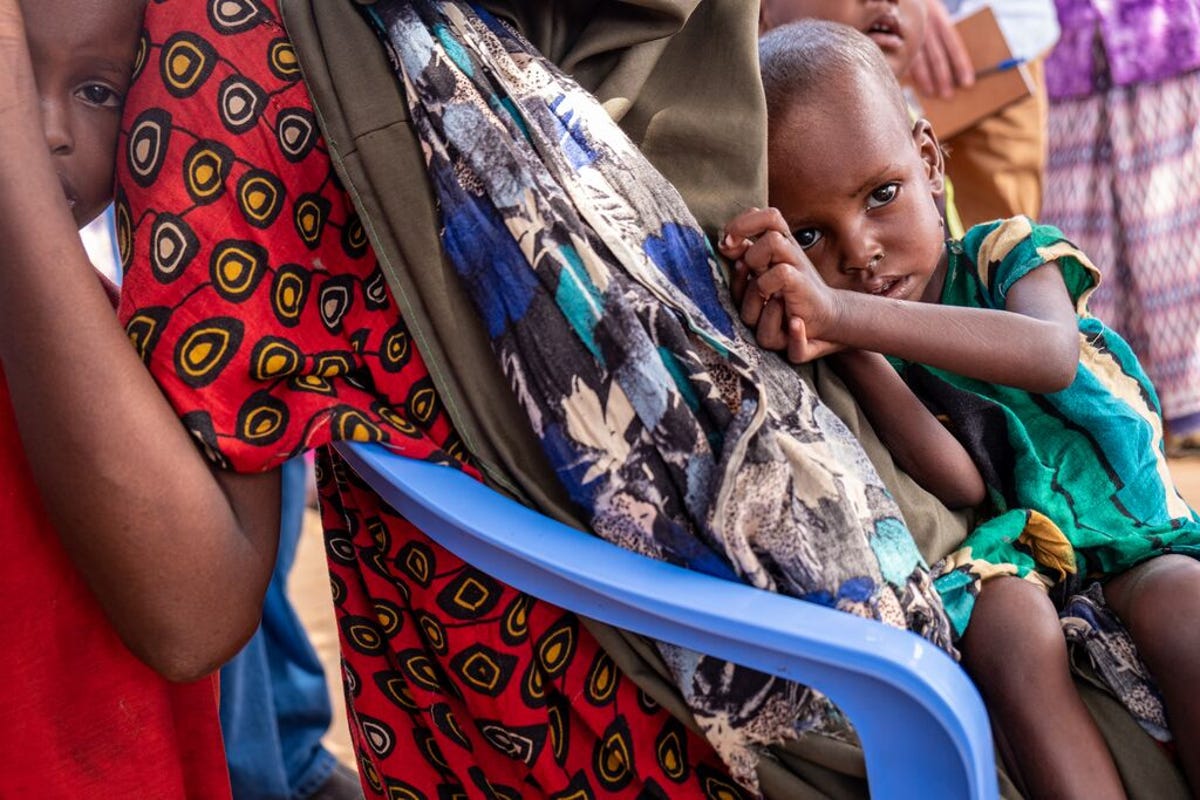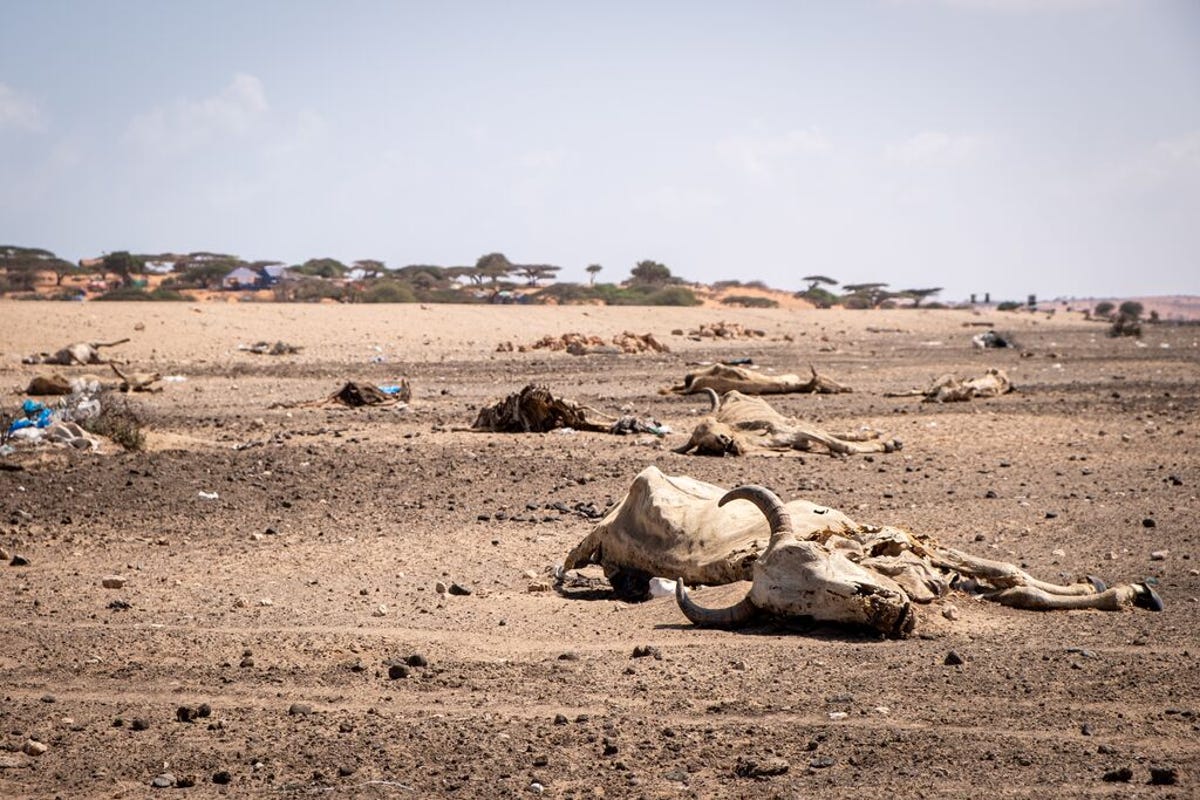THOUSANDS IN SOMALIA FACE ACUTE MALNUTRITION AS RAINS FAIL
The worst drought in decades is ravaging the Horn of Africa, destroying crops and driving the cost of local food out of reach of many. Medair is scaling up its response, delivering critical health, water and nutrition aid.
© MEDAIR / Joost Bastmeijer
The worst drought in decades is ravaging the Horn of Africa, destroying crops and driving the cost of local food out of reach of many.
The climate shock is affecting all areas of life. People are suffering from a lack of available food, whether they grow, sell, or purchase it. Work is disappearing for those who depend on agricultural wages. There isn’t enough green vegetation for livestock grazing and water sources are drying up, which has led to the death of nearly 7 million livestock and increased food scarcity, including milk for children. The already critical situation is now being exacerbated by price rises caused by the ongoing war in Ukraine.
230,000 people are living in famine-like conditions in Somalia alone, and it is estimated that 7 million people (close to half of the population) who are already suffering from severe food insecurity, could be at risk in the next two months.
We’re funding Medair’s emergency response to deliver critical health, safe drinking water and nutrition aid to vulnerable populations in south-central Somalia.
Medair’s operation is focused on screening and treating malnutrition in children under five and on promoting breastfeeding and other lifesaving nutrition practices to mothers and pregnant women. The organisation is also supporting 12 health facilities in urban and rural areas to assist rising numbers of patients in need of critical care and support.
Anna Coffin, Medair’s Head of Programme in Somalia, explained: “Health facilities, especially in rural areas, are seeing a significant increase in admissions for malnutrition – especially acute malnutrition. The other thing we look out for is acute watery diarrhoea or suspected cholera. The number of cases is rising in some locations and that’s generally a sign that people there are forced to rely on poorer quality water sources as rivers dry up.”
The organisation aims to assist over 300,000 people over an 18-month period.


.jpg?&width=1200&quality=80&auto=webp)
.jpg?&width=1200&quality=80&auto=webp)

.jpg?&width=1200&quality=80&auto=webp)
.jpg?&width=1200&quality=80&auto=webp)